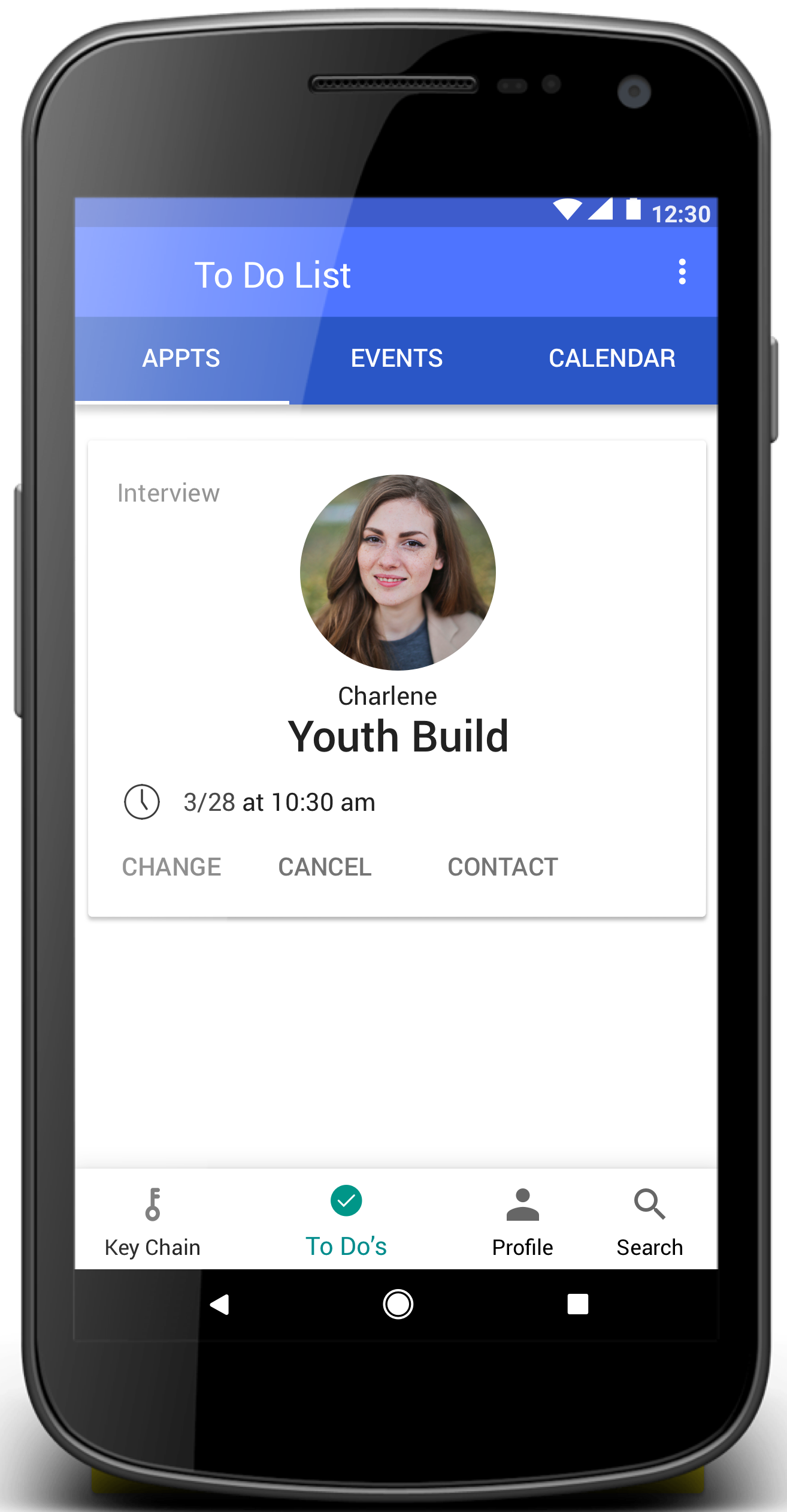
While ($row = mysqli_fetch_array($sel)) ). $sel = mysqli_query($con,"select * from users where name like '%".$search."%' limit 5") AngularJS includes certain directives which can be used to provide custom behavior on. Initialize the array with the users name and return a JSON value. Search value on users table according to POST value and limit query result to 5. Define ng-click directive which calls setValue($index,$event). Show list of suggestion result on using ng-repeat directive.Also, add ng-click='searchboxClicked($event)'. On textbox defined ng-keyup='fetchUsers()‘ and ng-model directive.Ĭreate a textbox element and for display, suggestion created the.
#Keyup angularjs code#
`id` int(11) NOT NULL PRIMARY KEY AUTO_INCREMENT,Ĭreate a new config.php file for database configuration.Ĭompleted Code to detect outside click of a search box and suggestion list. service which will add new shortcuts to each event object.I am using users table and added some records. During the config phase, we have the opportunity to add augment methods to the In that input element call the user-defined function on (keyup) event by passing event. create an input element which will take input. For instance, the same S can be pressed both with the Shift button or without. enter) event is used to generate event when Enter key is pressed.Using (keyup) we can call user-defined function which contains the logic to display the text. (Event object is available as event and can be interrogated for ke圜ode, altKey, etc. de and Event.key The key property of the event object allows getting the character, while the code property - the physical key code. Param Type Details ngKeyup expression: Expression to evaluate upon keyup. with a ".is." object that holds shortcuts that more clearly define the event. The keyup event happens when the user releases the key after the default action has been performed. When we manage key events using the keyEvents service, each event is augmented Create an application module for our demo. Managing User Input Key-Events Across Views In AngularJS However, we don't want the "F" key to close the form while it's in use as such, the form also has a layer of key-event bindings that make sure the user's experience remains enjoyable. By default, the form isn't visible - it has to be toggled by the "F" key. To unsubscribe from this group and stop receiving emails from. To explore this idea, I've put together a demo in which I have a list of friends and form for new friends. You received this message because you are subscribed to the Google Groups AngularJS group. This allows directives to be able to reference something like "event.is.esc" rather than checking key codes and event types. In addition to the event workflow, the keyEvents service also decorates the event object with a ".is" object that can be used to created short-hand notations for event state. Together, this allows each handler to demonstrate both broad and fine-grained control over the way the event is processed. Or, the event handler itself can stopImmediatePropagation(). Then, when a key-event is triggered, the keyEvents service iterates over the relevant queue in descending-priority order and invokes the relevant handlers.Įach handler, in the queue, can be "terminal," in which case the keyService will stop processing the event. The keyEvents service maintains an internal queue of event handlers that are sorted based on priority. To facilitate this, I moved key-event binding away from the directive DOM elements and into a centralized service - keyEvents. This way, directives that link later on in the application lifecycle can create higher-priority handlers over the root of the application (which linked much earlier and persists for much longer). In the same way that we define explicit priorities for our AngularJS directives, I am defining an explicit priority for each set of event handlers bound by a given directive. To get around this, I've stopped relying on the order of binding and started relying on explicit priorities. Sub-views, on the other hand, which have the highest priority, are the last (or can be last based on directive architecture) to bind event handlers. Meaning, the root of the application will often have the first opportunity to bind a key-event handler even though it has the lowest priority.

Run this demo in my JavaScript Demos project on GitHub.įor me, the biggest problem with managing key-events in an AngularJS application is that my key event handlers are often bound in the reverse order in relation to their relative priority.


 0 kommentar(er)
0 kommentar(er)
